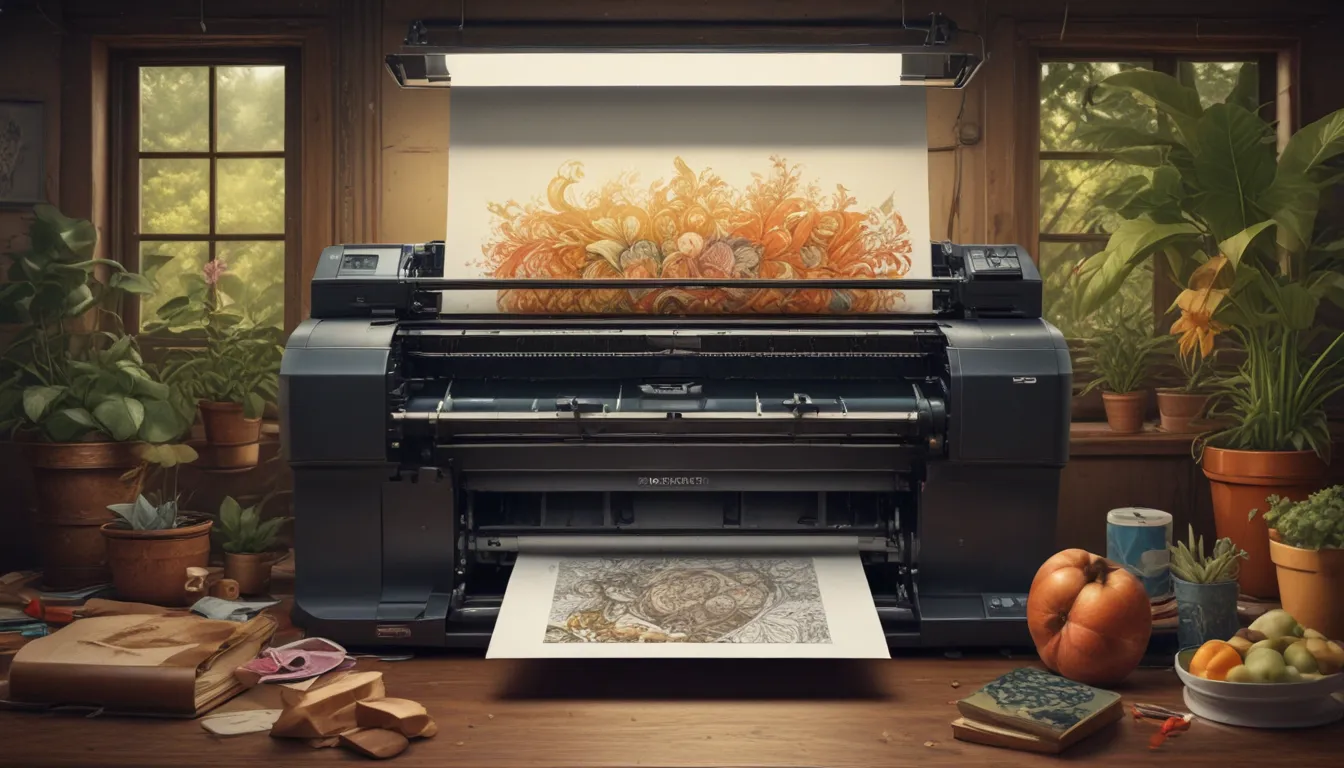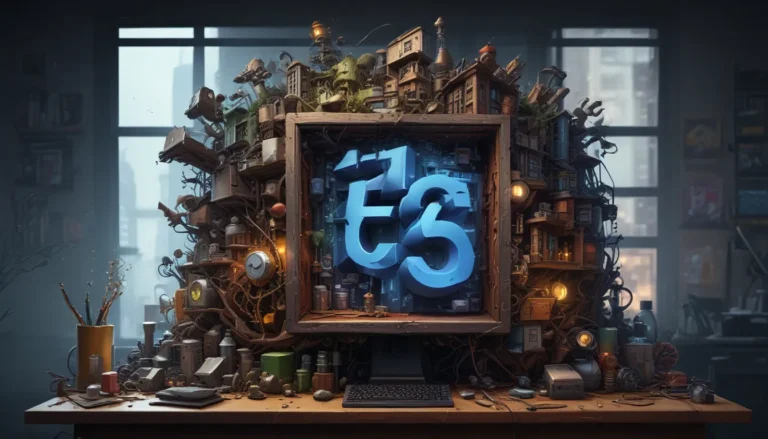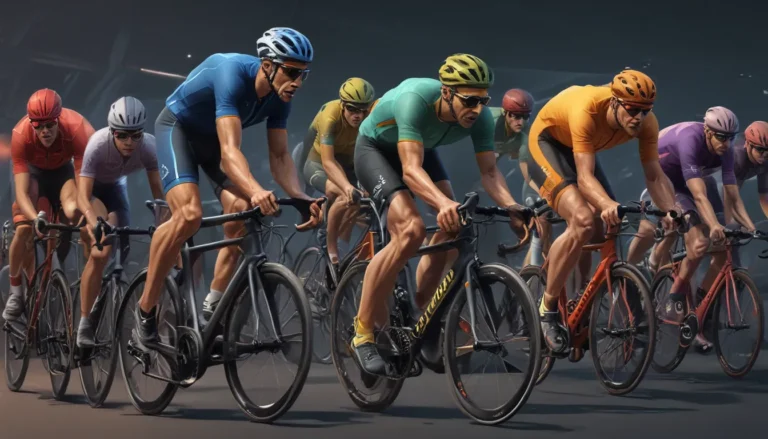A Note About Images: The images used in our articles are for illustration purposes only and may not exactly match the content. They are meant to engage readers, but the text should be relied upon for accurate information.
Are you intrigued by the innovation of DTF printers and how they are revolutionizing fabric printing? DTF, which stands for Direct to Film, is reshaping the printing industry by simplifying the process and offering vibrant colors and durability without the usual hassle. Whether you are a small business owner or a hobbyist, DTF printers can be a game-changer in your creative endeavors. In this comprehensive guide, we will delve into 20 intriguing facts about DTF printers, exploring their functionality, benefits, and how they are setting new standards in the world of printing. Get ready to be amazed by the capabilities of DTF technology and how it can elevate your fabric printing experience to new heights.
Unraveling the Mystery Behind DTF Printers
Have you ever wondered what exactly a DTF printer is and how it works? Direct to Film (DTF) printing is a method that involves transferring designs onto various fabrics using special films. Unlike traditional printing techniques, DTF printing entails printing a design onto a clear film and then transferring it onto the fabric through heat and pressure. This process has gained recognition for its versatility and ability to produce vibrant, high-quality prints on a wide range of materials.
The Mechanics of DTF Printing
- Design Creation: The first step in the DTF printing process is creating or selecting a design, which is then printed onto a clear PET film using a DTF printer. These printers are specifically designed to handle the DTF process, using a type of ink that adheres well to the transfer film.
- Powder Application: Following the printing stage, an adhesive powder is applied to the printed film. This powder selectively adheres to the wet ink areas and plays a crucial role in the transfer process.
- Curing the Print: The film, now adorned with the design and adhesive powder, undergoes a curing or drying process. This can be achieved using a heat press or a curing oven, ensuring the solidification of the adhesive.
- Transferring to Fabric: The final step involves transferring the cured print onto the fabric by applying heat and pressure, typically with a heat press. The heat activates the adhesive, bonding the design to the fabric.
Embracing the Benefits of DTF Printing
Why should you consider DTF printing for your fabric design needs? Here are some compelling advantages of using DTF technology:
- Versatility: DTF printing can be applied to a wide variety of fabrics, including cotton, polyester, and blends, making it a highly versatile printing method.
- Durability: Prints created with DTF technology are renowned for their durability and washability, often outlasting the fabric they are printed on.
- Quality: DTF prints are characterized by their vibrant colors and high resolution, allowing for intricate and detailed designs.
- Efficiency: The DTF printing process is relatively quick and enables the production of small batches without the need for extensive setup, making it efficient for businesses of all sizes.
Contrasting DTF with Traditional Printing Techniques
How does DTF printing differ from traditional printing methods, and what advantages does it offer? Let’s explore:
- No Pre-treatment Required: Unlike some traditional printing methods, DTF printing eliminates the need for pre-treating the fabric before applying the design, saving time and simplifying the process.
- Cost-Effectiveness: DTF printing can be more cost-effective than other methods, particularly for small to medium-sized print runs, due to lower setup costs and reduced waste.
- Color Flexibility: With DTF printing, there are no limitations on the number of colors you can incorporate into your design, unlike screen printing, where separate screens are required for each color.
Selecting the Perfect DTF Printer for Your Needs
If you are considering investing in a DTF printer, here are some key factors to consider to ensure you make the right choice:
- Print Quality: Look for printers that offer high resolution and color accuracy to produce vibrant and sharp designs.
- Speed: Assess the printing speed of the printer based on your production requirements. Faster speeds can significantly increase output for businesses.
- Ink Compatibility: Ensure the printer is compatible with high-quality DTF inks, which are essential for creating durable and long-lasting prints.
- Ease of Use: Some DTF printers come equipped with user-friendly software that simplifies the design and printing process, catering to both beginners and professionals.
Nurturing Your DTF Printer: Maintenance and Care Tips
To ensure the longevity and optimal performance of your DTF printer, consider the following maintenance and care tips:
- Regular Cleaning: Regularly clean your DTF printer to prevent clogs and maintain print quality, following the manufacturer’s instructions.
- Proper Storage: Store DTF inks and films in a cool, dry place to prevent degradation and ensure optimal performance.
- Software Updates: Keep your printer’s software up to date to take advantage of the latest features and enhancements.
Envisioning the Future of DTF Printing
What lies ahead for DTF printing? Here are some exciting prospects for the future:
- Innovation in Materials: With the increasing demand for DTF printing, we can anticipate innovations in both inks and transfer films, leading to higher quality and more durable prints.
- Expansion into New Markets: DTF printing is poised to expand into new markets, such as home decor and automotive, owing to its versatility and high-quality output.
Embracing the Creative Possibilities with DTF Printers
As we conclude our exploration of DTF printers, we invite you to embrace the creativity and innovation that these printers offer in fabric design. Whether you are a seasoned printing professional or a newcomer eager to explore the possibilities, DTF printers provide an exciting avenue to bring your designs to life. Armed with the knowledge shared in this guide, you are now better equipped to venture into the realm of DTF printing, where creativity knows no bounds. Let’s embark on this journey together and unlock the potential of textile printing, turning every fabric into a canvas awaiting your unique touch.
Your Feedback Matters
At our core, we are dedicated to delivering reliable and engaging content that educates and inspires our readers. Every fact on our site is contributed by real users like you, enriching our platform with a wealth of diverse insights and information. Our committed editors rigorously review each submission to ensure the highest standards of accuracy and trustworthiness. You can explore and learn with confidence, knowing that the facts we share are not only fascinating but also credible. Trust in our dedication to quality and authenticity as you immerse yourself in the world of knowledge and discovery.






